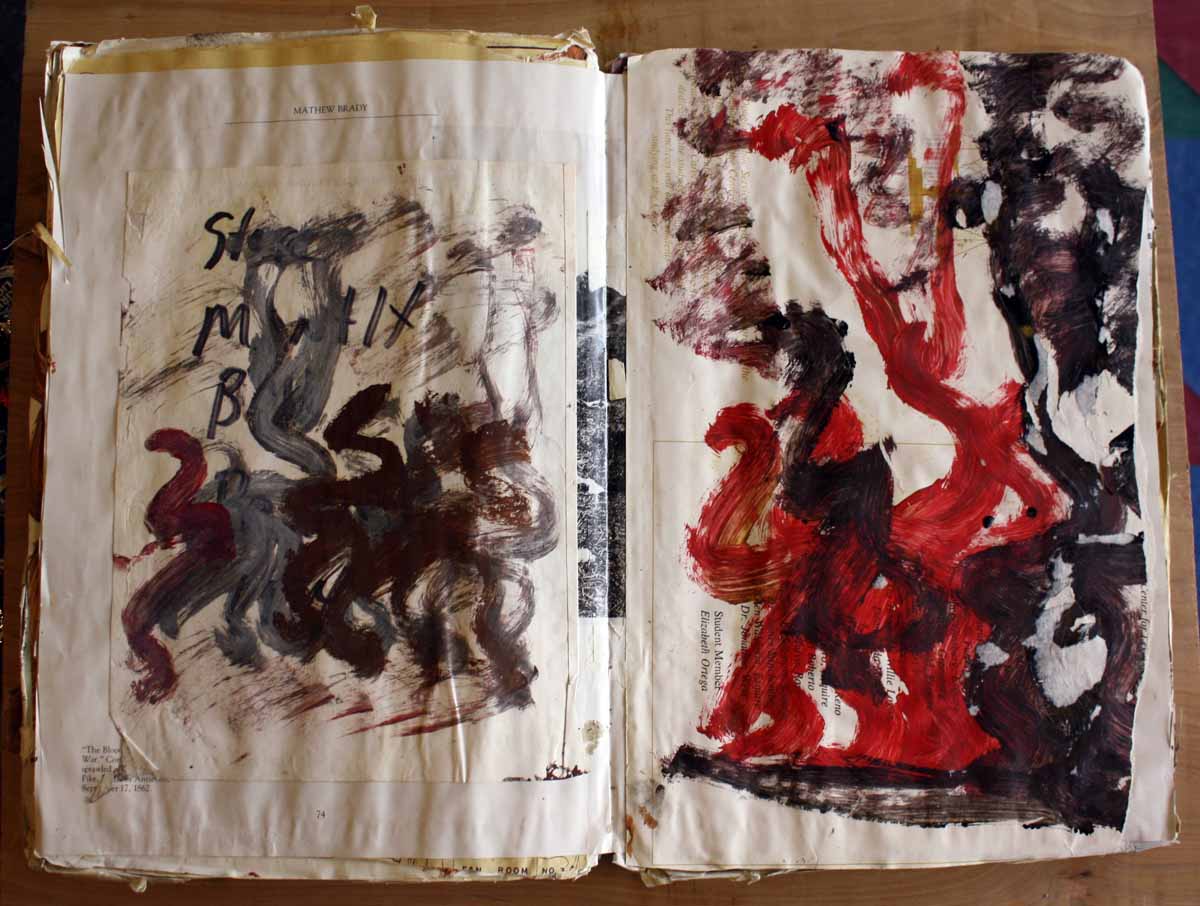by Gary Sernovitz

“In 1999, he bought Munch’s Madonna for $11 million. In 2004, he bought Hirst’s The Physical Impossibility of Death in the Mind of Someone Living for $8 million. In 2006, he bought a Pollock for $52 million. In 2006, he bought de Kooning’s Woman III for $137 million. In 2007, he bought Warhol’s Turquoise Marilyn for $80 million. In 2010, he bought a Johns Flag for $110 million. There have been works by Bacon and Richter and Picasso and Koons. Probably only he knows how much he has spent. Someone on the internet estimates it at $700 million.
+ + + It was 1997, or maybe 1998, when I first heard of the Art Collector. I was working as a research analyst at a large New York investment bank. The broker at our firm whose responsibility was serving the Art Collector told a gathering of the bank’s research analysts that the Art Collector’s hedge fund was now one of the top payers of brokerage commissions to the bank. He may have said the top payer. It was an awakening: a hedge fund, five or six years old at the time, could now pay as much—or more—in commissions than the mutual fund giants that had always been our most important clients. The math, however, was straightforward. The mutual funds had a lot more money. The Art Collector traded many more times.
Even if I had heard of the Art Collector’s hedge fund before then, I still would have been surprised by the salesman’s purpose that day. The Art Collector’s firm, we were told, would happily continue to generate huge revenue for the bank. It was asking for only one thing in return. It was not for us to do better research on companies or their stocks, or to do the research more quickly, or in greater quantities. That would be too literal. Or figurative. The Art Collector wanted something more abstract: not better information, just early information. When we interpreted an event in the life of a company, we distributed a note to all of the bank’s clients. We also called the more important ones to provide context difficult to fire as bullet points. We had to call one client first. Why shouldn’t it be the one that paid us the most?
It was a startling request. The Art Collector wasn’t that interested in what we thought about companies or industries, competitive advantages or long-term growth…… (click top link for full article)”
Image:’‘Stranger Being Eaten by Hirst’s Shark’ Copyright (c) 2008 by Anthony Easton
(Via n+1.)
